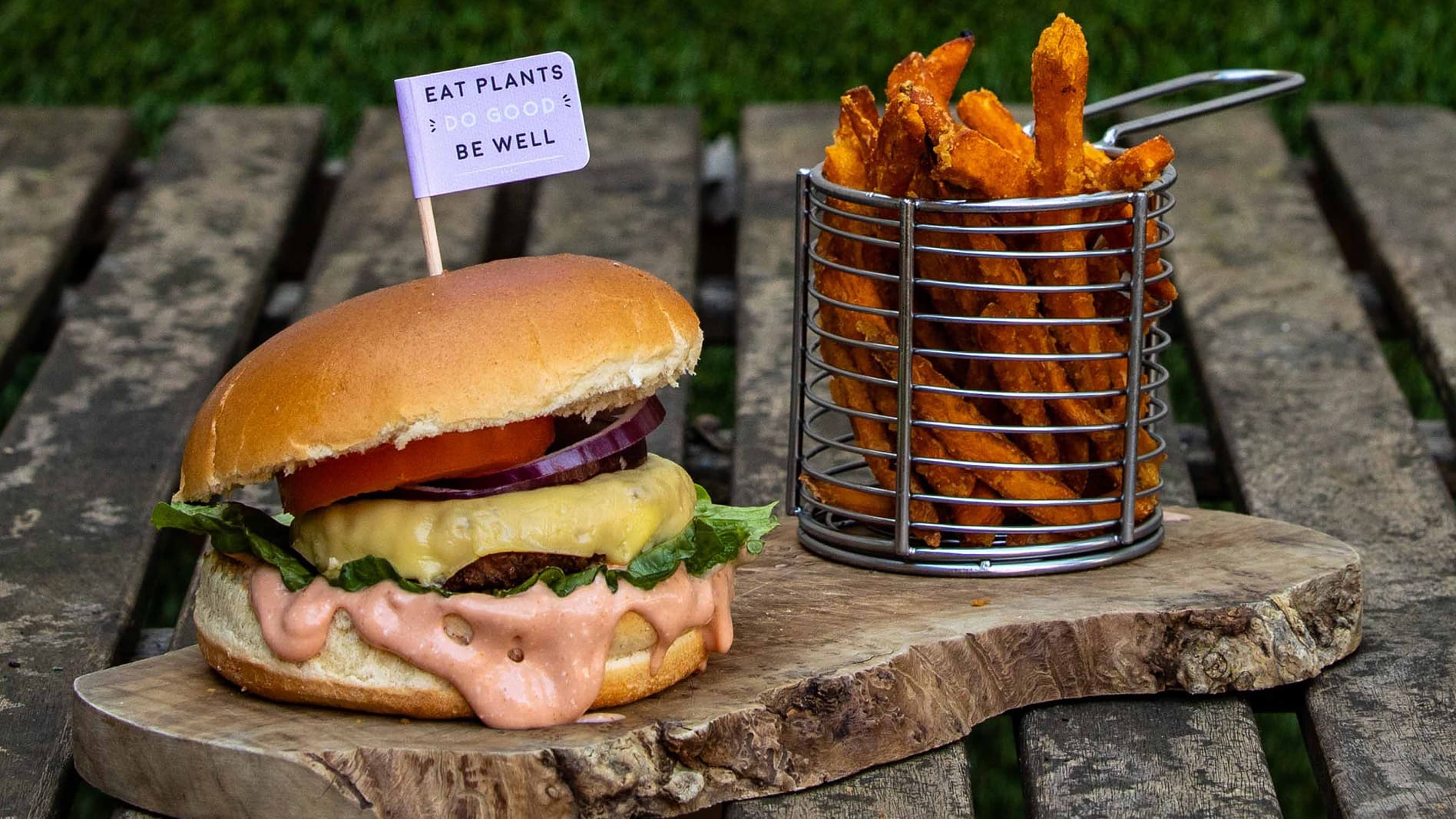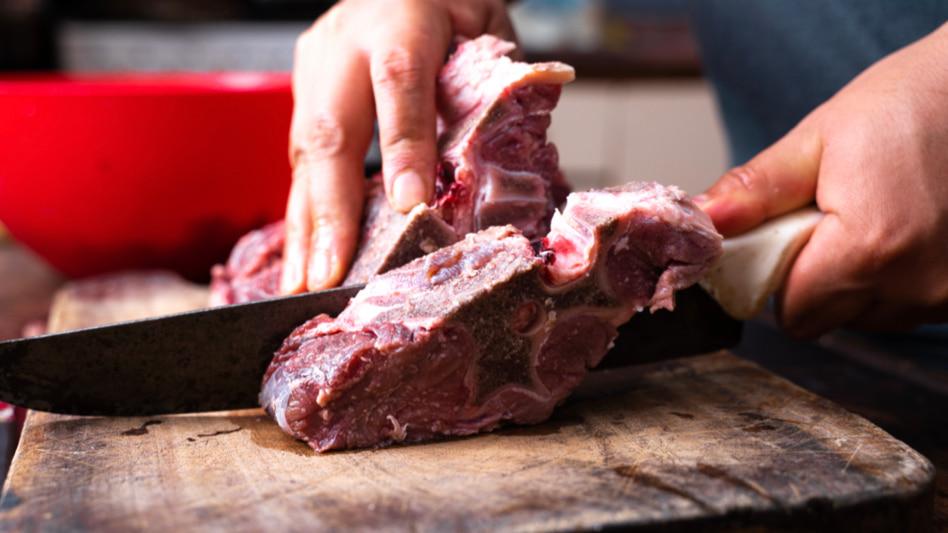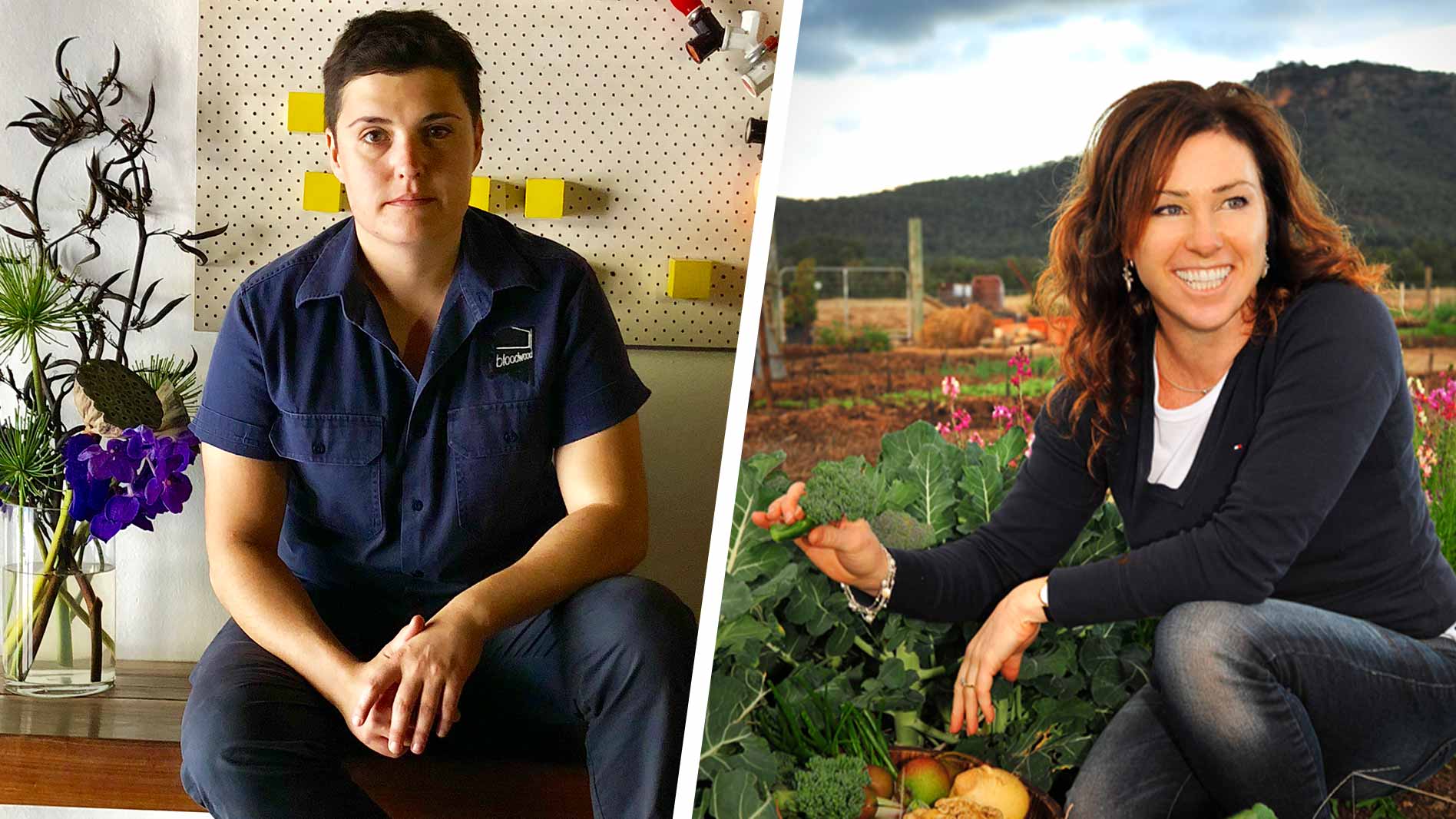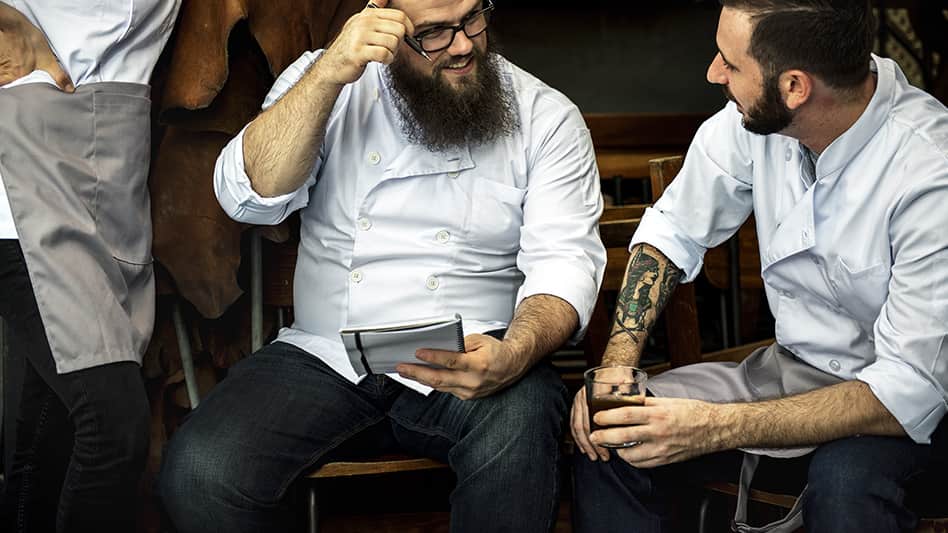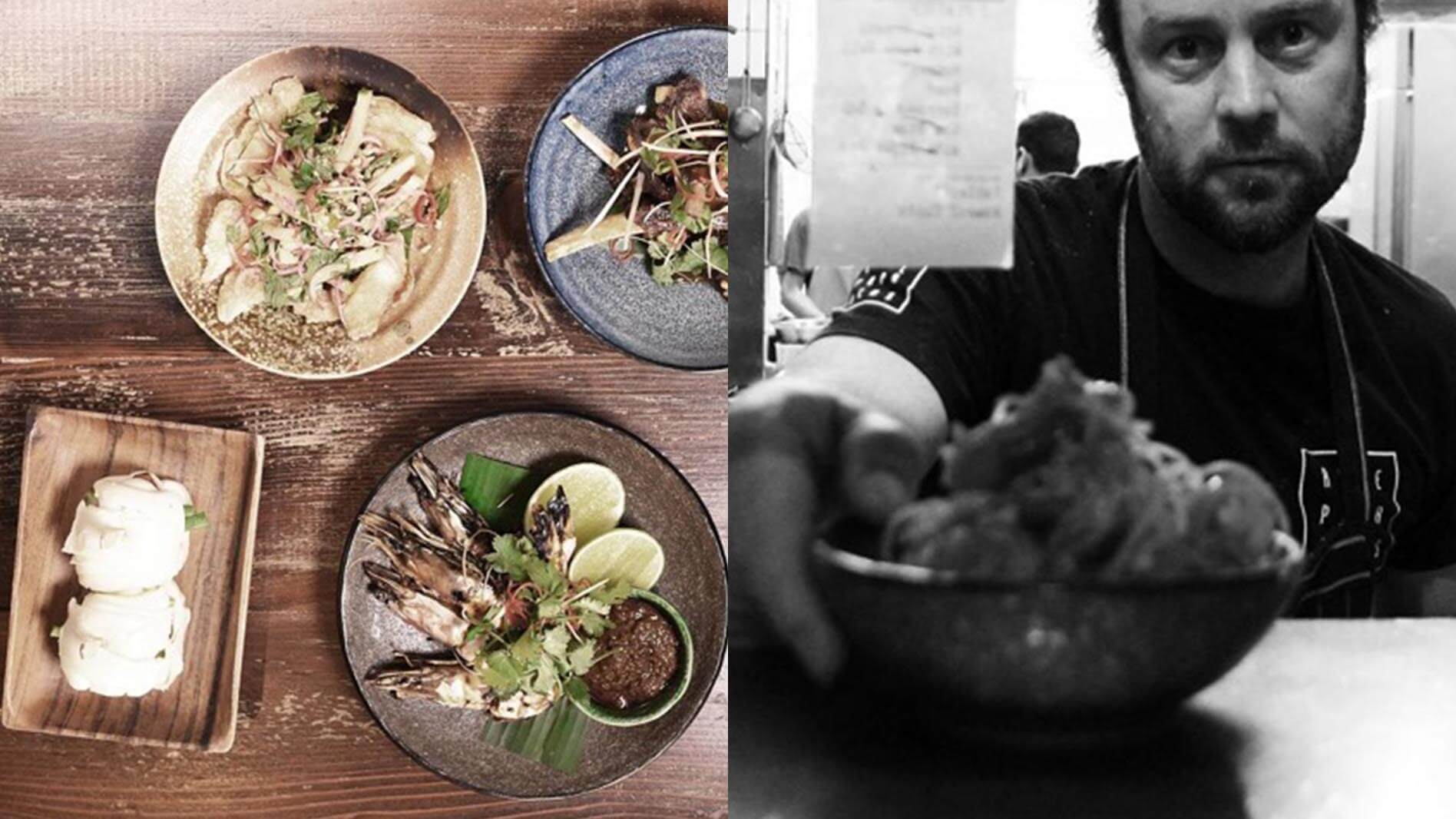Be inspired with recipes created by chefs.
Sign up for updates about products, special offers, news and promotional materials from Goodman Fielder.

Summary
The hospitality industry has experienced a large number of food trends in the past decade. From food delivery to plant-based meals, Australians are no strangers to fads and are normally early adopters. We’ve uncovered the seven biggest trends that hit venues across Australia over the past 10 years – no matter what size establishment you were, we guarantee they had an impact.
In January, not only did we celebrate the beginning of a new year, but we also welcomed a new decade; and with that always comes new food trends like vegan twists, keto foods, new flavour profiles, and re-emerging old favourites.
But instead of looking forward, we thought it was the perfect opportunity to step back in time to unearth the food trends from the past decade that influenced the hospitality industry – for better and for worse.
When thinking back, how can we forget the sudden appearance of cronuts and frozen yoghurt, as well as acai and poke bowls – but believe it or not, they weren’t the biggest movers and shakers of the decade.
We’ve uncovered the seven biggest hospitality trends that hit venues across Australia over the past 10 years – no matter what size establishment you were, we guarantee they had an impact.
1. Instagram-worthy foods: 2012
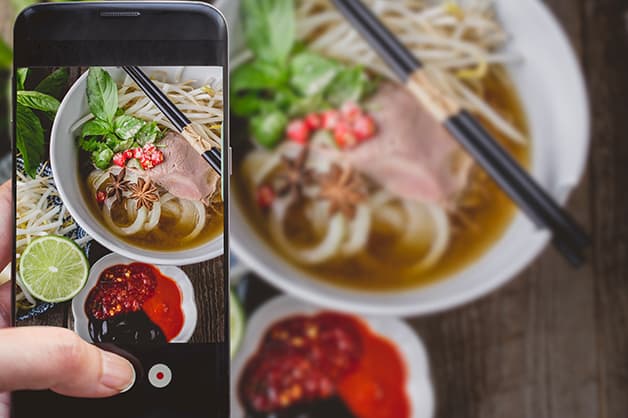
By 2012, the way we saw, consumed and created food had shifted forever – all thanks to Instagram. When the picture-sharing social media app came to life in 2010, it quickly became a key player in influencing consumer’s desires and minds. Suddenly they were eating with their eyes.
The need for foods that stood out from the crowd was now a must for venues if they wished to receive traction across the platform, which soon became a hub for food-inspo pics.
It was simple – consumers wanted to indulge in meals that were picture-perfect, that were bold, bright and colourful. They wanted meals they could snap and upload in a click of a button to generate ‘likes’ and social awareness from their peers (sometimes even people they had never met through the use of hashtags like #instafood).
With Instagram, came charcoal-infused foods, unicorn-inspired creations and candy-filled beverage towers. Foods from ice cream, lattes, even burger buns turned black thanks to the inclusion of activated charcoal, while on the other end of the spectrum noodles, bagels and grilled sandwiches were being transformed into rainbows with food dye, creating “unicorn” foods.
And if that wasn’t enough, freakshakes became a big hit for consumers of all ages (and of course a stunning attraction for ‘likes’). The eye-catching creation by chefs consisted of a creamy milkshake that was then piled high with cream, ice cream, donuts, sauces and confectionary of all kinds. In simple terms, freakshakes were sugar bombs.
While charcoal-infused foods and unicorn foods are slowing down in popularity, the trend of Instagrammable foods is still present. To ensure you are keeping up with the food trends, turn-on your eye-to-detail and make sure your plating and presenting skills are up-to-scratch. As a hot tip, taking an image of the final product (during the testing phase) can provide you with a great idea of what the dish looks like from behind a lens.
Better yet, start to record the behind-the-scenes process of your dishes to take advantage of the rise of video and share to your reels and TikTok.
2. Matcha: 2014
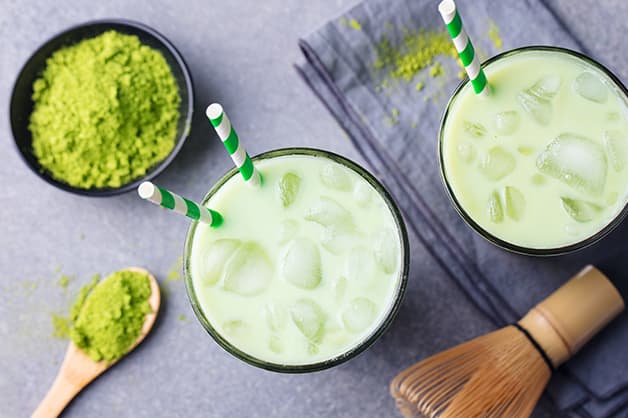
Before green avocado lattes starting popping up on beverage menus across Australia, there was another green coloured beverage in town – matcha. While matcha has been around for centuries, commonly being consumed in Japanese tea ceremonies, the trendy ingredient began rising in popularity in 2014 and standing out on menus by mid-2016.
Matcha gained traction with consumers thanks to its vibrant green colour that ensured foods it was added to stood out on menus and plates. During its peak popularity, the traditional Japanese ingredient was incorporated into coffees, teas, milkshakes, ice creams and baked goods such as pancakes, muffins, cookies and cakes.
Australia’s food capital, Melbourne, took the trend that one step further with the opening of vegan café, Matcha Mylkbar, where there were traces of matcha throughout every dish. The venue offered their customers vegan eggs with matcha powder sprinkled over the top, breakfast bowls with the item stirred throughout and matcha iced tea, smoothies and latte options.
At the time, owner Nic Davidson told Broadsheet: “You see matcha in doughnuts, cupcakes, as well as really healthy dishes. We’ve [even] got customers who put it in fish curry”.
When the matcha trend took over, it was being driven by two main customer types; the health conscious who drank it for its high antioxidant content, energy, weight loss and health properties, according to Hospitality Magazine. And those who simply loved culinary creations and the distinct taste and colour properties matcha provided.
3. Avocado toast: 2016
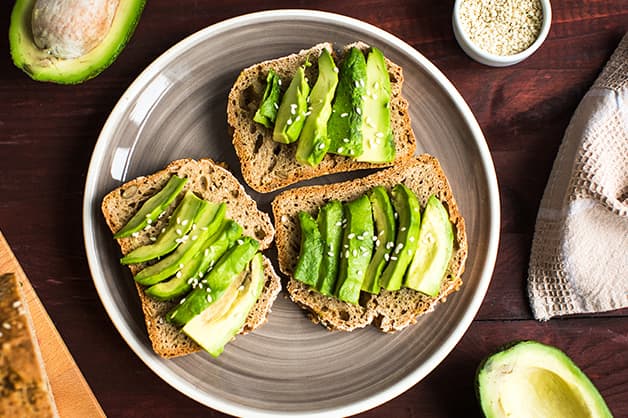
You’d be right to think that avocado toast existed long before 2016, but it wasn’t until then that the signature café dish began to rank as one of the biggest brunch movements, shaking up menus within Australia (and most recently the UK and America). And the dish is exactly what the name says – avocado on toast.
Containing a rich amount of healthy fats, the dish came with either smashed avocado spread across a thick slice of toast or with slices of fresh avocado placed evenly across the baked loaf. Often served on its own, chefs began to dress up their avo on toast with sprinkled fetta, poached eggs and a form of protein (whether it be salmon or bacon) as a way to stand out from the crowded market. At times, adding a house-made sauce utilising balsamics and lemon-based sauces to give the dish a citrus twist.
While consumers loved the dish for its punchy flavours and overall health benefits, chefs jumped at the chance of adding it to menus thanks to it being a low effort, high profit margin meal. With avocados being grown across Australia all year round, there are never any restrictions when it comes to sourcing the bright green vegetable.
And with the average cost of avocado toast being $19, it’s no surprise that it is a money maker and appearing on majority of menus. But don’t be fooled – this trend may be several years old but it is still a crowd-favourite amongst customers, meaning the need to have it on your menu has never been more important.
4. Food trucks: 2017
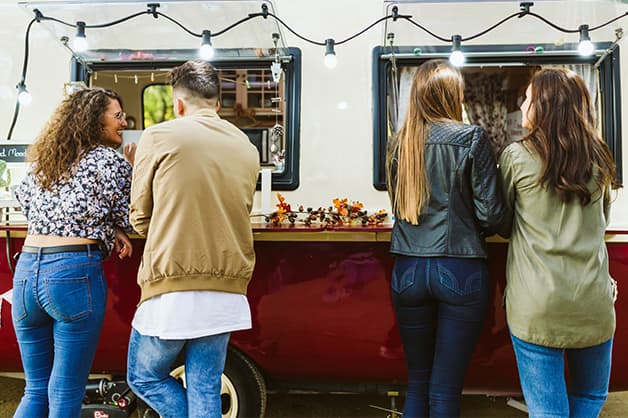
Remember when your colleagues began buying vans or mini-trucks and decking them out with a kitchen and a service window? The food truck trend took off in Australia in 2017, despite it being a common concept overseas, especially in America for some time.
The concept of food trucks provided chefs the opportunity to chase the crowds and to try new flavours and foods, all while keeping costs at a bare minimum. The investment in running a food truck business became an option for chefs who didn’t have the resources to open a brick and mortar kitchen.
Renowned restaurateur Damian Griffiths explained to Short Press, “it’s tough for young chefs and business owners to open a bricks-and-mortar store or restaurant. But if you’re smart and can invest in the start-up costs of a food van, then it can be a really cost-effective way to bring your product to the masses – rather than basing all your marketing around the customer coming to you.”
Food trucks also allowed entrepreneurs to reach large audiences while testing the waters before making a full-time commitment in the industry due to it being a smaller financial risk. In 2018, the Australian Mobile Food Vendors Group estimated there were 3,000 food trucks operating in Victoria alone, up 1,500 from the two years prior.
Food trucks were all about the service of traditional street foods. It was a clever concept that allowed consumers the opportunity to enjoy a delicious meal (quickly) and without the need of heading out to a fancy restaurant.
5. Fermented foods: 2018
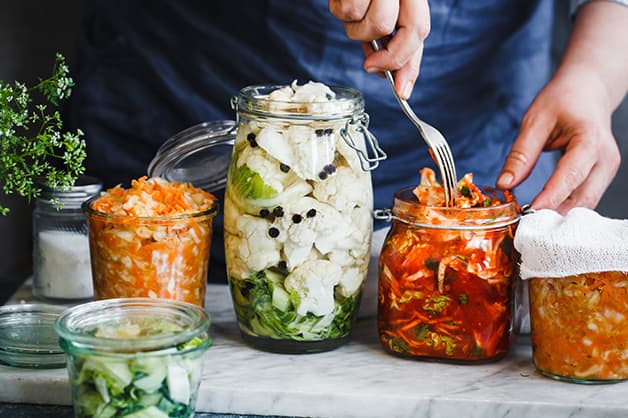
Once upon a time, not too long ago, the ‘it-thing’ appearing on every menu was fermented foods. The trend boomed in 2017 as consumers began to learn about good bacteria and gut health.
Research conducted by BBC in 2014 predicted the trend with it reporting the global fermented foods industry would be worth $36.7 billion by 2018. At the time, the report also predicted a compound annual growth rate of 6.2% during the five-year period from 2013 to 2018.
From sauerkraut to kefir, miso to jun; the world of fermented food became rich, varied and increasingly popular amongst consumers. But the biggest contributor to the fermented foods movement was kombucha.
Between 2017 and still to today, kombucha’s one of the most popular health drinks consumed by Australians. The beverage is made with the fermentation of tea, infused with other flavouring and is reportedly good for gut health due to it having probiotics. Chef Tim Gatt took the trend to the next level and developed a tasty kingfish ceviche with pickled vegetables for his menu. Check out how his easy to follow steps.
6. Plant-based meals: 2019
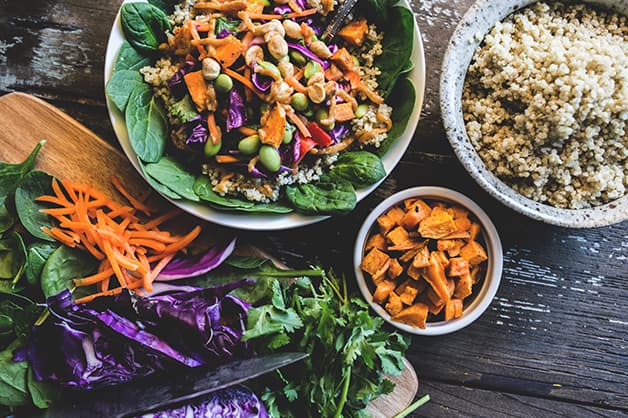
These days, wherever you look, whatever you read and whoever you talk to, it is all about plant based meals and products. And while it may seem that interest in plant-based goods only really kicked off in 2019, it’s in fact been gaining traction since 2014.
Global interest in veganism saw a steady increase in 2014, resulting to chefs beginning to experiment with vegetables on a new level. As traction grew towards the plant-based movement, businesses began to create animal-free products to cater to the growing consumer group.
Between 2012 and 2018, the number of new food and drink products that included the term plan based grew 268%, according to Mintel. And by 2016 the number of Australians following a vegetarian diet increased from 1.7 million (2012) to 2.1 million, Roy Morgan found.
As more consumers began to follow the trend, chefs were left putting their skills to the test, to ensure they delivered a tasty dish that still met the expectations of being plant-based. And that they did – by early 2017 majority of menus across Australia included at least one plant-based meal.
The trend towards plant-based alternatives was primary driven by the younger generation, vegetarians and vegans – terms that have now become common feature components within kitchens and on menus. So, when you look at the rapid growth of non-animal goods, it is no surprise that the last 10 years has earned the title of “the decade when veganism went mainstream” and why it continues to dominate the food service industry.
Today, switching to meat-free products has been more accessible than ever for consumers and businesses alike. Ready-to-cook and easy-to-prepare plant-based meats are now available through Plantry, which offers plant-based nuggets, chicken-style strips, burgers, buns, aioli, and mayo – all can be used as an alternative in different meat dishes.
7. Online food delivery: 2020
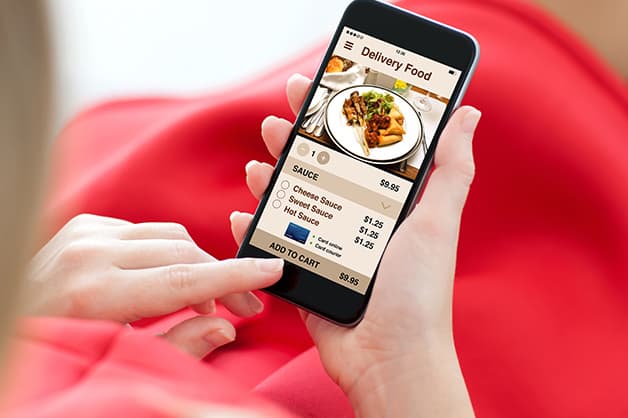
Remember the days when the phone in the kitchen used to ring, an order would be placed and then the meal was either picked up or delivered to the customer’s home by an employee? In 2011, food delivery start-ups that offered online ordering and delivery via couriers began to receive attention from businesses; slowly eliminating the need to phoning an order in.
By 2015, online ordering officially took over phone ordering, becoming one of the biggest disruptors across hospitality, both here in Australia and overseas. Within six years of breaking into the industry, the global online food delivery market was estimated to be worth over AUD$50 million, with the Australian market valued at $690 million, according to ibisworld.
Between UberEats, Deliveroo and Menulog, Australian consumers were provided the power to order their favourite meal, from their favourite restaurant all without communicating with someone via the use of their smartphone. And thanks to this, these digitally savvy consumers were also given the ability to track when the order was being made, when it was picked up by a courier and its complete journey to their front door – an aspect of home meal delivery that had never been achieved before.
And even more recently, with COVID-enforced lock-downs, more and more hospitality venues had to incorporate online food delivery options into their venue with demand skyrocketing and in-person options diminishing.
Overall, online food delivery has combined the consumer’s love for indulging in professionally made food with the convenience of accessing it from home and never leaving their front door (especially if they’re stuck in lockdowns!).
What do you think?
Share with us some of the biggest food trends you have worked with in the kitchen over the past 10 years.
Related Ideas
10th March 2023
The Rise Of Plant-Based Products And Why It's Time You Jumped On The Bandwagon
The demand for plant-based products is on the rise within the Australian food service market. So, how up-to-date is your menu offering?
17th December 2021
Your Practical Guide to Crafting Better Bread Recipes
Bread has been a staple of the human diet for millennia, its popularity rising and falling with different trends and recipes. It was the ancient Egyptians, for instance, who came up with today’s coveted sourdough. But while their method of cooking in clay pots has stood the test of time, the same can’t be said of the ancient Greeks’ penchant for dipping bread in wine for breakfast.
26th October 2021
Prep & Cooking Loss Cheat Sheet
Download our Prep & Cooking Loss Cheat Sheet and uncover the true cost of your ingredients.

